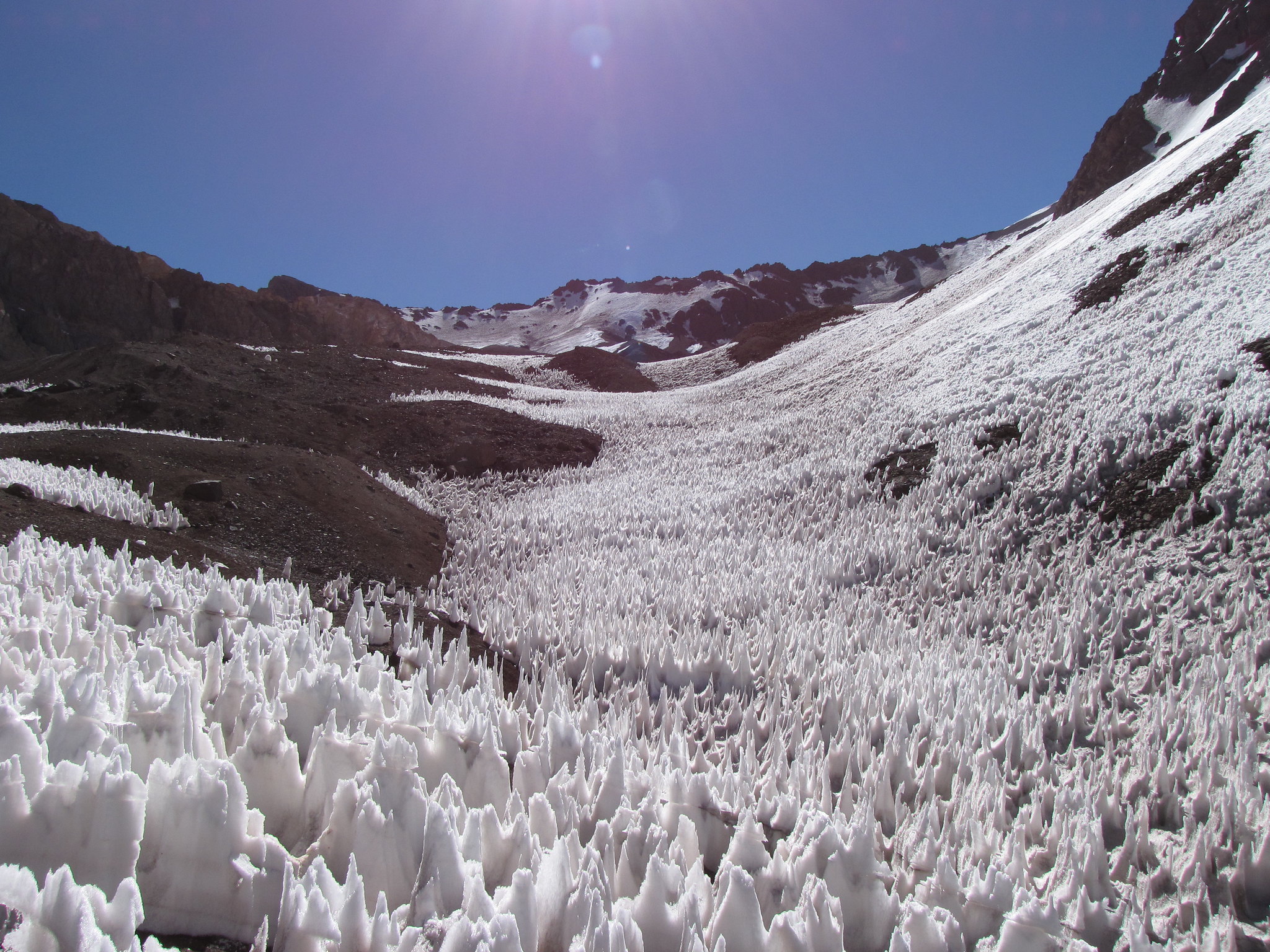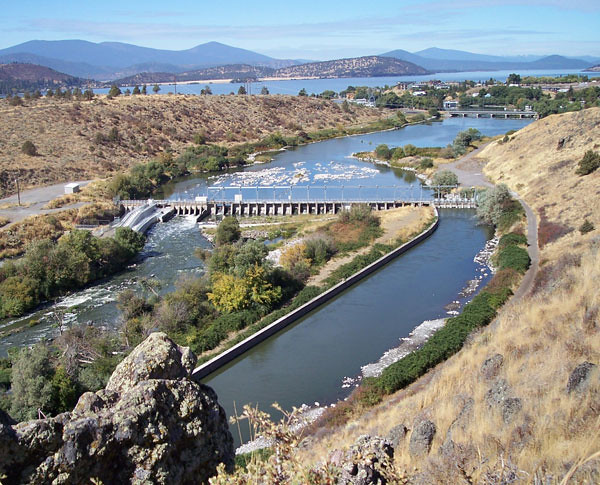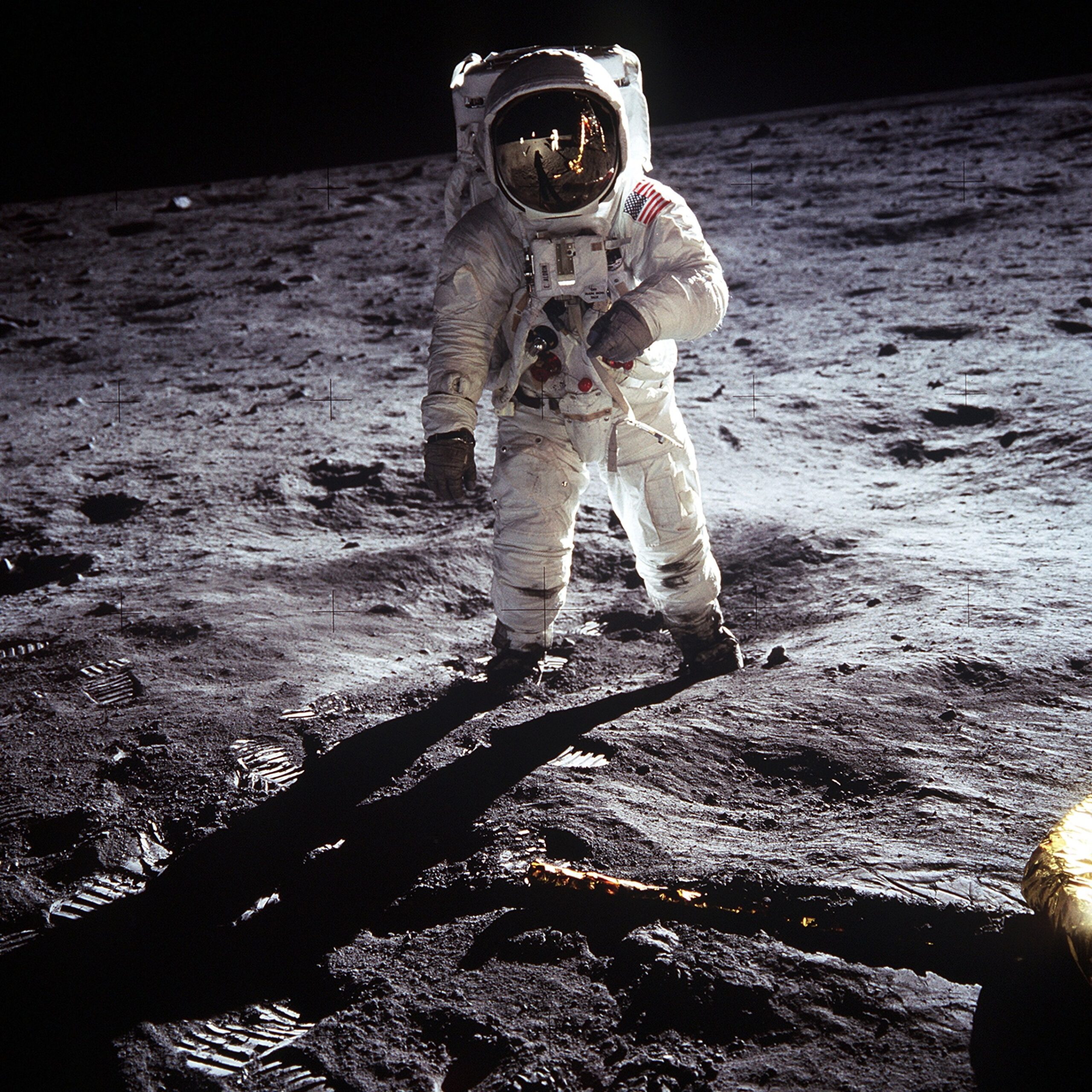
These spiked ice formations, called pentitentes, only form in specific environmental conditions. Europa, one of Jupiter’s moons, may be able to grow penitentes near its equator, according to new JGR Planets research. Credit: flickr
AGU NEWS
AGU23 is approaching! Press registration remains open for the duration of the conference. The press event schedule, recommended sessions and tipsheets will be available beginning on 4 December. No need to worry that you’ll miss a media advisory about the conference — just head over to the AGU Newsroom and search for posts tagged AGU23. We’ll be posting everything there. [AGU23 press center][AGU23 announcements in the Newsroom]
FEATURED RESEARCH
Lethal, sulfide-filled waters drove mass extinction 500 million years ago
Around 500 million years ago, Earth lost up to 45% of known genera in the first major mass extinction of the Phanerozoic Eon. Scientists long thought the extinction event was due to marine anoxia, a lack of oxygen in the oceans. But expanding, deadly sulfidic conditions likely played a role too, according to new molybdenum isotope data. [Geophysical Research Letters research]
Smaller volcanoes helped cool the climate in the early 1800s, too
In the early 19th century, two large volcanoes erupted and cooled Earth’s surface. However, these two volcanoes alone cannot fully account for the long-term cooling effect following their eruptions. New research finds that clusters of small to medium-sized eruptions, which are often excluded from climate models of the 19th century, amplified the cooling caused by the two larger eruptions. [Geophysical Research Letters research]
Penitentes could exist near Europa’s equator
Penitentes are pointed snow structures found in cold, dry and sunny environments such as the Andes mountains. New modeling of the environment on Europa, one of Jupiter’s moons, found that penitentes would be most likely to grow near the equator, posing a potential risk for future spacecraft landings. [JGR Planets research]
Seismometers pick up fireballs when witnesses and photographs miss them
Every year, thousands of meteoroids enter Earth’s atmosphere, form fireballs and go unnoticed by people and cameras. Last summer, a fireball broke up over the Northern Atlantic Ocean. A network of seismometers detected acoustic shockwaves from the explosion, joining the first few cases of fireball documentation without human observers or photographic evidence and increasing our atmospheric observational coverage. [Geophysical Research Letters research]
Environmental river restoration helps reduce greenhouse gas emissions
Severely polluted urban rivers can be hotspots of greenhouse gas emissions, including carbon dioxide. A study of nine heavily polluted rivers in China reveals that environmental restoration efforts reduce rivers’ gas emissions, especially when projects focused on removing nutrients and sewage from waterways. [JGR Biogeosciences research]
To meet climate goals, protect Alaska’s Tongass and Chugach forests
Forests can act as massive carbon sinks, counteracting greenhouse gas emissions and protecting biodiversity. However, many forests have been ravaged by wildfires and deforestation, flipping from carbon sinks to carbon sources. The two largest U.S. national forests, both in Alaska, have low wildfire risk and provide crucial forest carbon stocks and biodiversity benefits. [AGU Advances research] [Eos Research Spotlight]
AGU (www.agu.org) is a global community supporting more than half a million advocates and professionals in Earth and space sciences. Through broad and inclusive partnerships, AGU aims to advance discovery and solution science that accelerate knowledge and create solutions that are ethical, unbiased and respectful of communities and their values. Our programs include serving as a scholarly publisher, convening virtual and in-person events and providing career support. We live our values in everything we do, such as our net zero energy renovated building in Washington, D.C. and our Ethics and Equity Center, which fosters a diverse and inclusive geoscience community to ensure responsible conduct.

